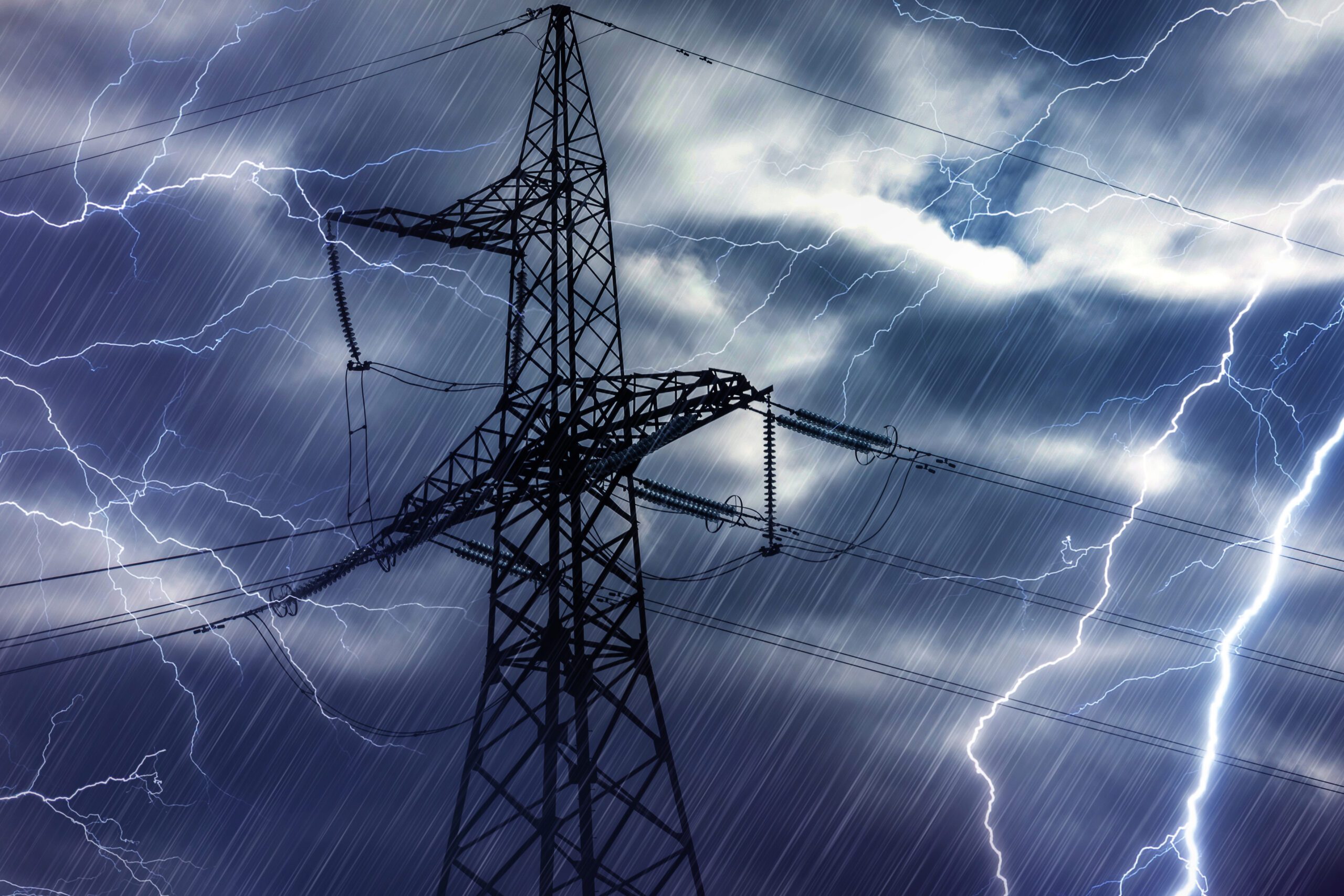Qualitest Helps Leading Electric Utility Company Establish Industry Leading ‘Storm Readiness’ Test
- 6 min


As one of the largest energy companies in the US and a Fortune-100 electric utility company, the Client’s utilities provide energy to more than ten million customers. Their large territory and customer-centric values are why they maintain such a high quality standard for their IT systems.
When it comes to IT system storm readiness, the challenge of staging an end-to-end performance test across twenty-six systems was significant, but one that nonetheless had to be accomplished in the most through and responsible way. Providing tangible proof of IT reliability and performance is a key tenet of their mission to provide reliable service, rain or shine.
Our Client saw its service territories riddled by two successive storms that inflicted heavy damage through rain, snow and high sustained winds at gusts up to 70-mph for more than 48 hours.
The joint effect resulted in 1.7 million service interruptions across the region. The event was significant enough to necessitate escalation in the form of external help from restoration crews from energy companies in more than 16 states.
The storm also impacted critical IT systems, straining them to capacity and forcing outages and response time issues. Outage status information typically available to customers through channels such as text messaging and mobile apps became delayed or unavailable. What’s more, restoration teams experienced significant delays in their ability to diagnose, dispatch, and report status on field efforts.
The investigation that followed the incident revealed several root causes, one of which was insufficient end-to-end performance testing of mission critical storm applications.
The Client set forth to close this gap by running the first of its kind end-to-end performance test across 26 applications simultaneously. The test needed to be carefully planned and coordinated among several application support teams, including utility personnel and vendor support teams both onshore and offshore.
The objective was to connect the test systems of all 26 applications and apply a stairstep-like load profile that exercised scenarios with 25%, 50%, and 75% of customers out of power. The profile was designed to validate the system improvements implemented in response to the recent storms and to further stress the systems in the hopes of identifying vulnerabilities to be addressed in future improvement efforts.
The Client needed a partner that knew their business, was familiar with their IT systems, and had the necessary technical and process expertise to design and implement such a large-scale test.
“The Client set forth to close this gap by running the first of its kind end-to-end performance test across 26 applications simultaneously.”
Qualitest applied our proven performance testing approach, scaling it to meet the needs of multiple applications and teams. Our approach progressed through three clear and well-defined phases:
Phase 1 – Test Strategy Development
In this phase, Qualitest performance test engineers and architects undertook the following tasks:
Tools Identified:
Phase 2 – Test Implementation
In this phase, Qualitest took the recommendations from the strategy work and implemented them to make the test a reality. The work consisted of several tasks:
Phase 3 – Continual Improvement
After each test iteration, the team met to capture lessons learned and identify improvement opportunities to increase the efficacy of the test. The team identified and implemented a variety of changes, including modifications to methods, tools, process and personnel.
Improvements continue: The Client – having seen a great deal of value in the test – has commissioned Qualitest to help identify further efficiencies to reduce the time to market in running these tests and identify ways to proactively identify new test scenarios. Qualitest is moving to do just that through application leading edge analytics and AI platforms that digest a combination of data from production instrumentation and pervious test runs.
“Qualitest applied our proven performance testing approach, scaling it to meet the needs of multiple applications and teams.”
Qualitest was able to mobilize quickly and stand up the first ever end-to-end performance test of its kind in the industry, an effort that resulted in:
The culminating impact of these benefits was a marked improvement in the Client’s IT system resiliency – resiliency that is critical to prevent or otherwise bring awareness to production system performance issues – issues that, if left unaddressed, can cause significant reputational damage and adversely impact important reliability measures.
Download the PDF“Qualitest was able to mobilize quickly and stand up the first ever end-to-end performance test of its kind in the industry.”